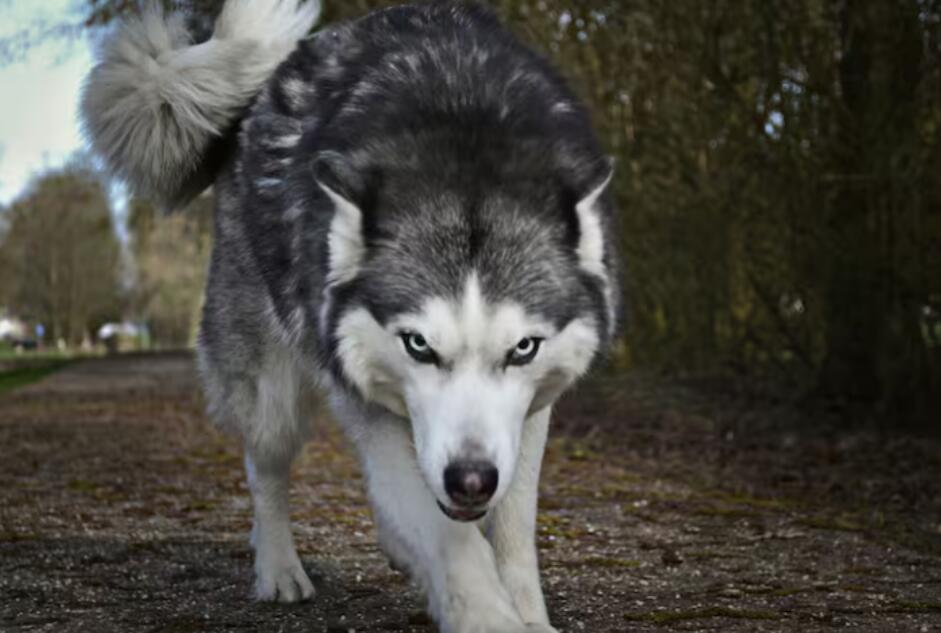In a distressing turn of events, two more individuals, including a 7-year-old boy, were attacked by wolves in Bahraich, Uttar Pradesh on Sunday. This incident follows a series of violent encounters involving these predators, which have left at least seven children and one woman dead over the past six weeks. Despite ongoing efforts by the forest department, including nighttime patrols and the capture of four wolves under ‘Operation Bhediya,’ the threat persists. The department is employing unconventional methods like using elephant dung and urine to deter the remaining wolves.
This situation in Bahraich is not an isolated incident but part of a broader pattern where wildlife encroaches on human habitats. Urban expansion and deforestation are major factors driving such conflicts. As forests are cleared to make way for residential and industrial developments, animals lose their natural habitats and are forced into closer proximity with human settlements.
India has witnessed significant deforestation over recent decades. According to data from the Forest Survey of India, the country has lost approximately 1.4 million hectares of forest area between 2011 and 2021. This land has been converted for agricultural purposes, urban development, and industrial projects. The reduction in forest cover disrupts ecosystems and wildlife corridors, leading to increased human-wildlife conflicts as animals search for new territories and resources.
The consequences of habitat loss extend beyond the occasional wolf attack. Deforestation affects biodiversity, climate regulation, and soil health. Forests play a crucial role in sequestering carbon dioxide and maintaining local climates. Their destruction contributes to climate change, which in turn can further stress wildlife populations.
The current wolf attacks highlight a pressing need for better land-use planning and conservation strategies. Mitigating human-wildlife conflict requires not only improved management of wildlife populations but also a commitment to preserving and restoring natural habitats. By addressing the root causes of habitat loss and adopting sustainable development practices, we can help ensure that both humans and wildlife coexist more harmoniously.
